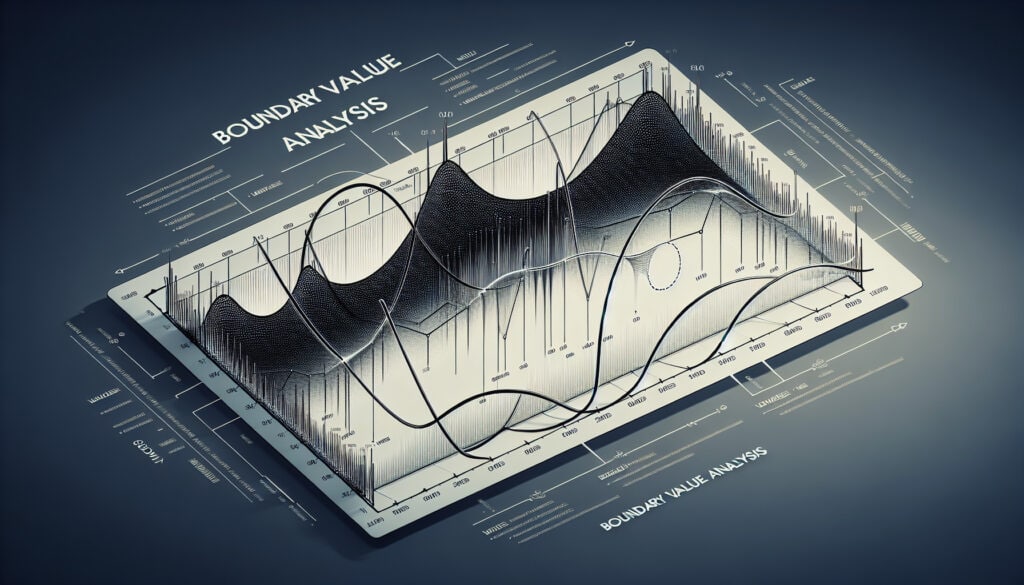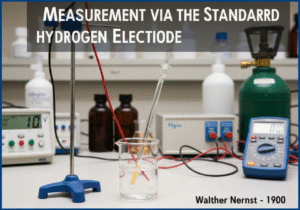A Software testing technique that focuses on the ‘boundary values’ of a range of inputs.
- Methodologien: Projektmanagement
Boundary Value Analysis

Boundary Value Analysis
- Prozessverbesserung, Qualitätssicherung, Qualitätskontrolle, Risikomanagement, Software-Prüfung, Statistische Prozesskontrolle (SPC), Testmethoden, Validierung, Überprüfung
Zielsetzung:
Wie es verwendet wird:
- In boundary Wertanalyse, test cases are designed to test the values at the boundaries of a range of inputs, as well as the values just inside and just outside the boundaries.
Vorteile
- Is an effective way to find bugs that are related to boundary conditions, can be used to reduce the number of test cases that need to be created, and can be used to test a wide range of systems.
Nachteile
- May not be suitable for all types of systems, can be difficult to identify the boundary values for some systems, and may not find all of the bugs in a system.
Kategorien:
- Maschinenbau, Qualität
Am besten geeignet für:
- Finding bugs related to boundary conditions in a system.
Boundary Value Analysis (BVA) is a methodology widely applied in software testing and engineering disciplines to enhance system reliability by targeting edge cases or boundary conditions where failures are more likely to occur. This technique finds practical application in industries such as finance, where transaction limits or account balances are tested, as well as telecommunications, where network capacity and service limits are critical to performance. During the testing phase of product development, the methodology is typically initiated by QA engineers and testing teams who collaborate with product managers and software developers to identify potential boundary cases. For example, when developing a software application that accepts user input for age, tests would be executed at the minimum acceptable age (e.g., 0 years), typical values just above this threshold (e.g., 1 year), and the maximum value set for this field, plus values just outside the acceptable range (e.g., negative values or extremely high ages). This precise focus on boundary conditions can lead to the discovery of bugs that might be overlooked in standard testing scenarios, significantly enhancing the robustness of the final product. Not only does BVA reduce the number of required test cases by ensuring that test coverage spans critical transition points in input values, but it also extends its utility across various system types, making it adaptable to both software and hardware testing environments. This systematic approach encourages collaborative efforts among cross-functional teams and cultivates a comprehensive understanding of system behavior, ultimately contributing to higher quality outcomes in product development.
Die wichtigsten Schritte dieser Methodik
- Identify input variables with defined boundaries.
- Determine the minimum and maximum values for each variable.
- Design test cases for boundary values, including minimum, maximum, and just outside the boundaries.
- Create additional test cases for values just inside the boundaries.
- Execute the test cases focusing on the identified boundaries.
- Analyze the outcomes to identify any discrepancies or failures.
- Refine test cases based on findings and retest as necessary.
Profi-Tipps
- Utilize automated testing tools to systematically generate test cases around boundary values, improving efficiency and reproducibility.
- Incorporate statistical analysis on previously identified boundary failure points to refine focus areas for testing iterations.
- Document anomalies meticulously when a boundary test case fails to identify patterns and improve the understanding of edge effects in future designs.
Verschiedene Methoden lesen und vergleichen, Wir empfehlen die
> Umfassendes Methoden-Repository <
zusammen mit den über 400 anderen Methoden.
Ihre Kommentare zu dieser Methodik oder zusätzliche Informationen sind willkommen auf der Kommentarbereich unten ↓ , sowie alle ingenieursbezogenen Ideen oder Links.
Historischer Kontext
1895
1900
1902
1904
1913
1915
1916
1890
1900
1900-12-14
1902
1907
1915
1915-11
1918
(wenn das Datum nicht bekannt oder nicht relevant ist, z. B. "Strömungsmechanik", wird eine gerundete Schätzung des bemerkenswerten Erscheinens angegeben)















Verwandte Artikel
Fragebögen zu muskuloskelettalen Beschwerden
Multivariate Tests (MVT)
Mehrfache Regressionsanalyse
Motion-Capture-Systeme
MoSCoW-Methode
Moods Median-Test